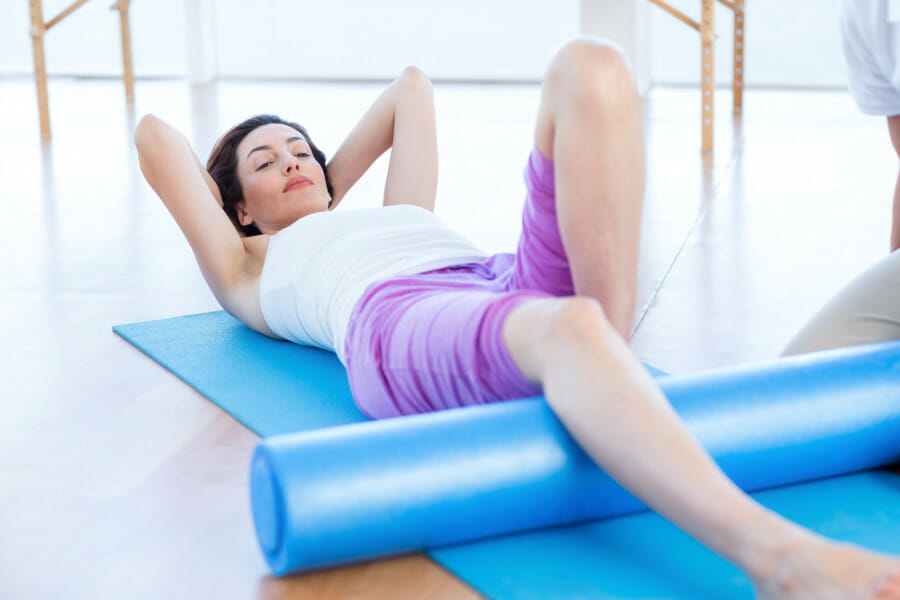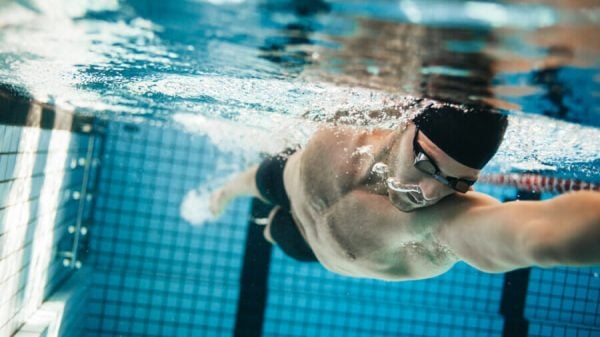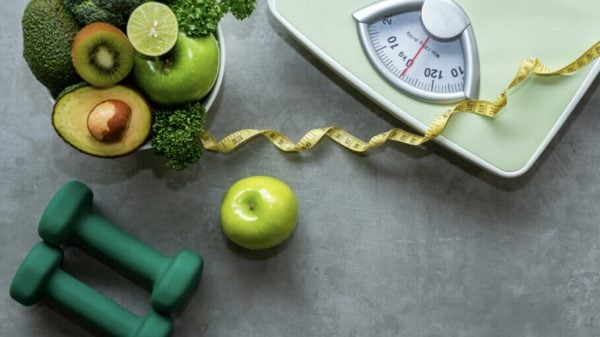Many individuals often propose utilizing a foam roller to alleviate knee discomfort. Nevertheless, as per fascia release specialist, Julia Blackwell, simply rolling back and forth along your IT band or calves typically proves ineffective in loosening up fascia and addressing knee discomfort.
Thankfully, Blackwell suggests three alternative methods to employ a foam roller for relieving knee discomfort. While this new approach may appear rigorous, it only requires approximately 10 minutes to complete.
Exploring the Biological “Network” Supporting the Body
Blackwell delineates fascia as the biological “network” or connective tissue that envelops each muscle fiber, muscle group, ligament, tendon, bone, nerve, blood vessel, and organ in the body. The fascia organizes the body into its tangible structure.
The wellbeing of the fascia is contingent on the mobility permitted by the extracellular fluid contained within it. This fluid hydrates all the tissues, nourishes the cells, enables smooth joint and muscle movement, and absorbs shock.
Identifying the Source of Knee Discomfort in Relation to Fascia
According to Blackwell, knee discomfort emerges when certain areas of the fascia become dehydrated and restricted, resulting in diminished hydrating abilities of the extracellular fluid responsible for cushioning our joints. The fascia can lose its moisture due to excessive usage, sedentary work habits, contemporary lifestyle, running, squatting, and inadequate physical activity.
Utilizing Foam Rolling to Address Knee Discomfort
Foam rolling can contribute to revitalizing fascia health, even if the knee discomfort has persisted over an extended period. To achieve this, a holistic approach comprising compression, cross-fibering, and active movements can be implemented. Engaging in foam rolling prompts a significant fluid exchange into the extracellular fluid, aiding in hydrating the dehydrated fascia. Additionally, foam rolling activates the fasciacytes, which trigger the production of crucial elements such as hyaluronic acid.
Effective Application of a Foam Roller for Relieving Knee Discomfort
Julia Blackwell suggests three techniques utilizing a foam roller to facilitate lubrication of the fascia and diminish knee discomfort.
Working on the Calves
This method involves sitting on the floor with your left calf muscle positioned on the roller. Cross your right leg over the left one for enhanced compression, gradually point and flex your toes. Proceed to circle your ankle, rotate your leg inward and outward, and repeat this process ten times. Replicate the same on the right leg.
Focusing on the Quads
To execute this technique, assume a forearm plank position with both quads resting on the roller. Keeping your toes flexed, slowly bend your knees towards your buttocks until you achieve a 90-degree angle, then gradually straighten your leg. Gently sway your heels from side to side, repeating this motion ten times. Perform the same routine on the opposite side.
Targeting the IT Bands
For this specific method, position yourself in a side plank stance with the roller placed on the side of your left thigh, approximately three inches above the knee joint. Flex your toes on the left foot and gently bend your knee backward towards your buttocks until you reach a 90-degree angle. Lift your heel upward towards the sky and then downwards, swaying up and down thrice, and repeat the procedure on the opposite side.
Blackwell recommends practicing these techniques daily or every other day, depending on how your body responds to the treatment and the degree of discomfort you encounter. She stresses that the outcomes of these techniques are substantially quicker compared to conventional foam rolling methods.










